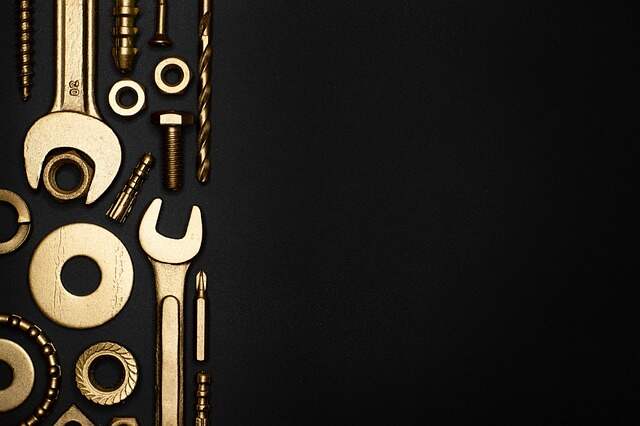Fasteners Industry Information II
June 08,2023
Types of Fasteners
Fasteners can be broadly divided into two categories: threaded and non-threaded fasteners.
Threaded Fasteners
Threaded fasteners have helical ridges (threads) that help to ensure a secure attachment. Examples of threaded fasteners include:
- Nuts
- Bolts
- Screws
- Continuous-thread studs
- Tap-end studs
- Double-end studs
- Riveting fasteners
- Clinching fasteners
Nuts and Bolts:
- Nuts have a female, internal-threading pattern on the surface and clamp down on the upper shaft of a bolt.
- A bolt is partially threaded and is held in place by nuts threaded onto it.
Screws:
- A screw has a spiral-shaped shaft and a head, and users drive it into two workpieces to hold them together.
Continuous-Thread Studs:
- Threaded from end-to-end and used for flange bolting with two nuts.
Tap-End Studs:
- They have a short thread on one end and a longer, threaded end on the other and are used for screwing into tapped holes.
Double-End Studs:
- Have equal-length threads and chamfered points on both ends and are often used for flange bolting.
Clinching Fasteners:
- Push into a ductile metal workpiece, displace the material around the mounting hole, and allow it to cold flow into a specially-designed annular recess in the fastener shank or pilot.
Non-Threaded Fasteners
Unlike threaded fasteners, non-threaded fasteners lack spiral ridges on their surfaces. These fasteners can be quickly assembled and removed from components without the need for extra fastening hardware and include:
- Rivet fasteners
- Pin fasteners
- Blind fastener rivets
- Dowel pins
- Retaining rings
- Snap fasteners
- Self-tapping screws
- Cap screws
- Decking screws
Rivet fasteners are cylindrical mechanical fasteners that are inserted into a punched or drilled hole and then deformed to increase in size by up to one and a half times their original size. This process ensures durability and accuracy.
Pin fasteners are steel pins used to bind machine parts together.
Blind fasteners and dowel pins are non-threaded fasteners used for a variety of purposes. Blind fasteners are used when users can only access a joint from one side. Dowel pins are highly accurate, solid cylindrical rods used for various purposes.
Retaining rings hold assemblies or parts onto shafts or in housings or bores. They can be securely placed and locked in place using their internal and external grooves.
Snap fasteners are two interlocking discs that snap into each other under pressure and are commonly used in clothing as a replacement for buttons.
Other non-threaded specialised fasteners used in transportation, aerospace, and healthcare sectors include self-tapping screws, cap screws, decking screws, and stainless steel fasteners. Self-tapping screws are used by dentists, surgeons, and DIYers, as they are able to tap their own holes as they are driven in. Cap screws are fully threaded fastener shafts that require threads to be tapped into the hole in which they are screwed. Decking screws are specialty fasteners primarily used in outdoor deck construction. Stainless steel fasteners are extensively used in different industries due to their strength, corrosion resistance, and heat resistance.
